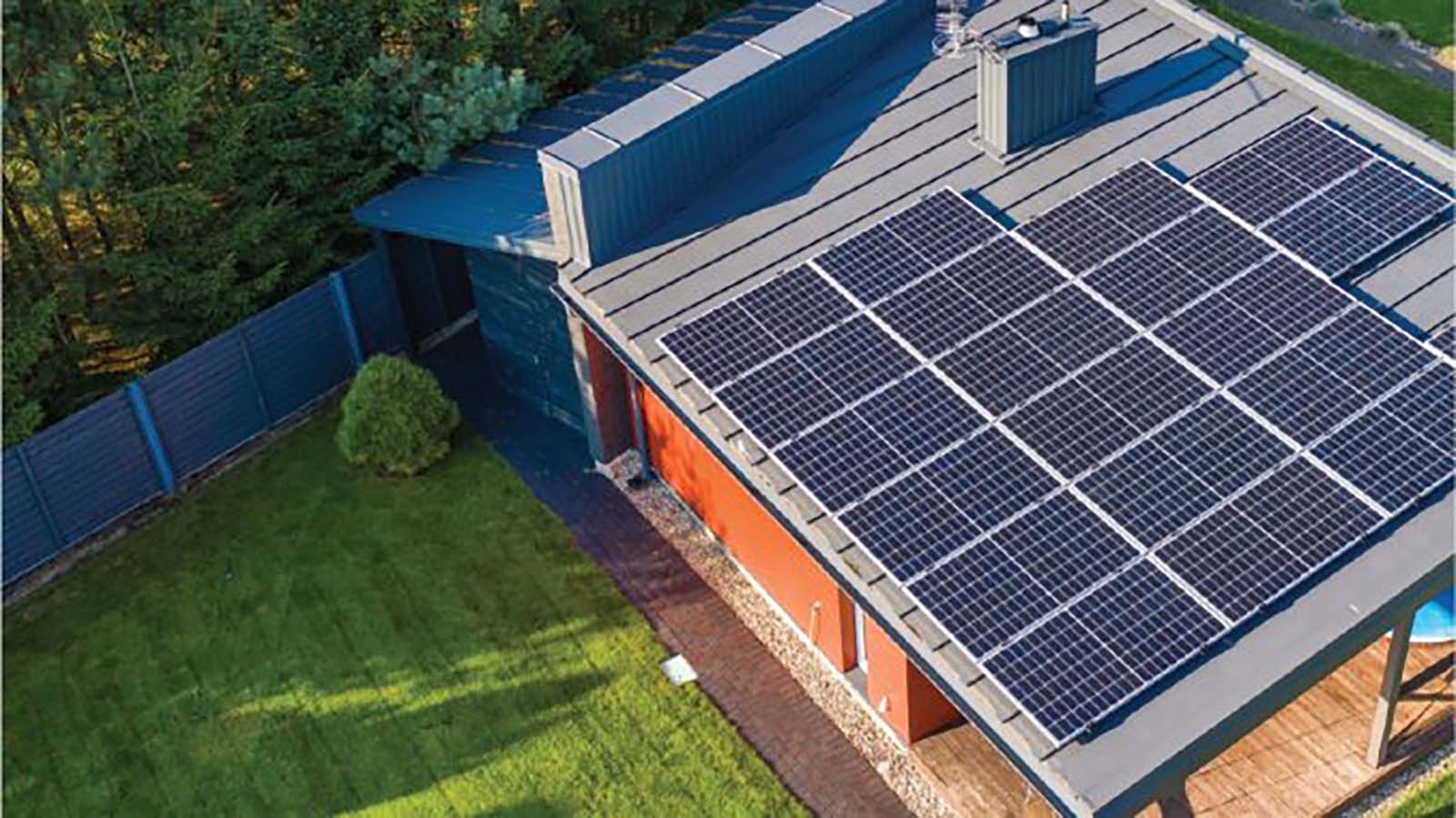Lead acid storage batteries are commonly used in a variety of applications, from automotive to backup power systems. These batteries rely on an electrolyte to facilitate the chemical reactions that produce and store electrical energy. So, what exactly is the electrolyte in a lead acid storage battery?

The electrolyte in a lead acid storage battery is a solution of sulfuric acid (H2SO4) and water (H2O). This electrolyte plays a crucial role in the battery’s operation, as it allows for the flow of ions between the battery’s positive and negative terminals during charging and discharging.
When a lead acid battery is charged, the sulfuric acid in the electrolyte is broken down into its constituent ions: hydrogen ions (H+) and sulfate ions (SO4^2-). The hydrogen ions migrate to the battery’s negative plate, where they combine with lead dioxide (PbO2) to form water and lead sulfate (PbSO4). Meanwhile, the sulfate ions migrate to the battery’s positive plate, where they combine with the lead (Pb) to form lead sulfate. These reactions result in the storage of electrical energy in the form of chemical bonds.
During discharge, the reactions described above are reversed. The lead sulfate on the battery plates is broken down, releasing the stored energy in the form of electrical current. The sulfuric acid is re-formed in the electrolyte, ready to facilitate the next charging cycle.

It’s important to note that the concentration of the sulfuric acid in the electrolyte can have a significant impact on the performance and lifespan of a lead acid storage battery. Over time, the electrolyte can become depleted or contaminated, leading to a decrease in the battery’s capacity and efficiency. Regular maintenance, including checking and topping up the electrolyte levels, is essential for ensuring the optimal performance of lead acid storage batteries.
In summary, the electrolyte in a lead acid storage battery is a solution of sulfuric acid and water. This electrolyte allows for the flow of ions during the charging and discharging processes, enabling the storage and release of electrical energy. Proper maintenance of the electrolyte is crucial for maximizing the performance and lifespan of lead acid storage batteries.

